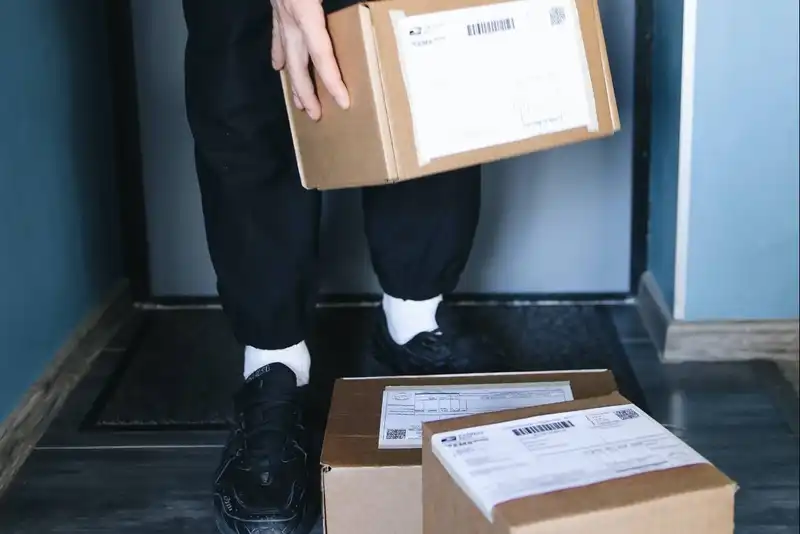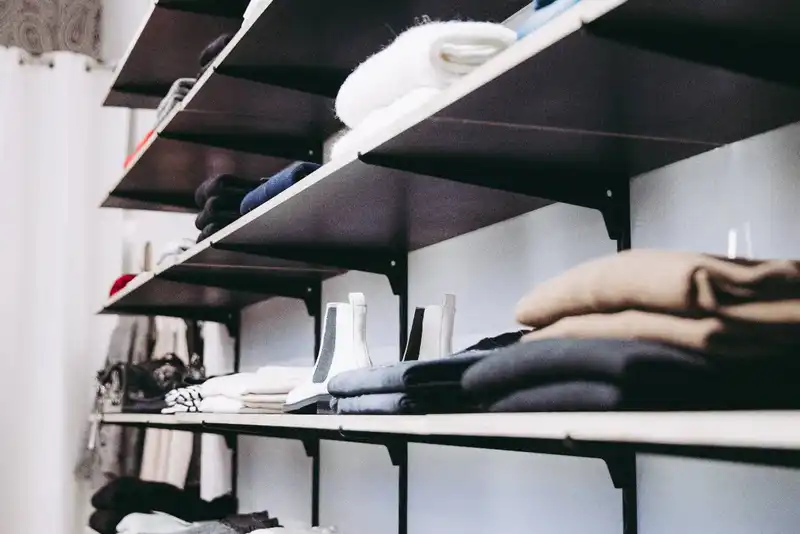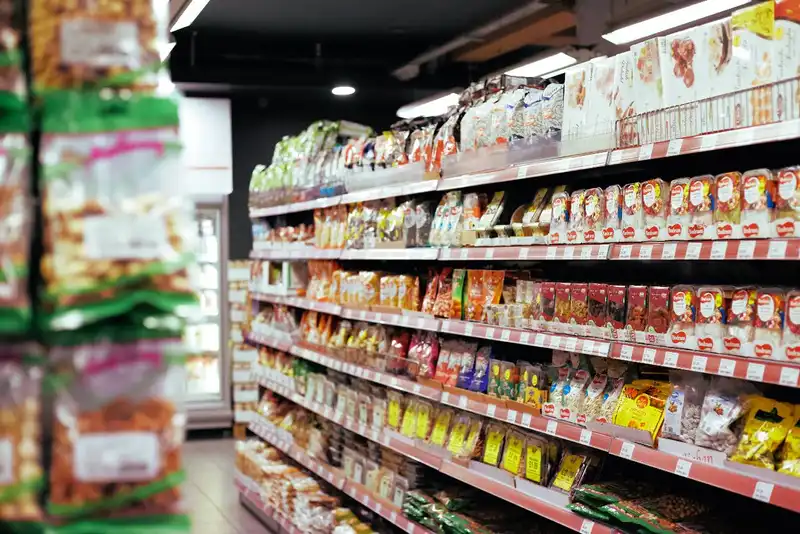What is a Back Order? Definition, Causes, and Tips
Introduction to Back Orders
When a large number of customers all shop for the same product, such as when a popular tech device is finally released, companies may experience backorders.
In the case that a customer orders items that are currently out of stock, a small business or organization must act quickly to minimize the wait time and complete the sale.
What is a Back Order?

A backorder is when an item is temporarily out of stock, but customers can still place a purchase order and receive the goods at a later date. This process enables companies to generate revenue despite not having sufficient stock at the moment.
The 3 main causes of backorders include the following.
Quick Shifts in Demand
Backordered items will occur when consumer demand becomes irregularly high for a specific product. This is often a result of seasonality, the use of a new sales channel, or high-profile promotions.
For example, demand for a clothing item may suddenly increase when a celebrity makes a social post, praising the merchandise.
Inadequate Levels of Safety Stock

Safety stock refers to extra quantities of products that businesses keep on hand to prevent stock-outs.
If a company does not have adequate amounts of safety stock, it will not have enough products to meet demand and will, therefore, experience backorders.
Issues With Manufacturers or Suppliers
When a business's manufacturer or supplier is unable to operate or provide goods, the supply chain will be delayed and will subsequently increase the chance of backorders.
Why Businesses Should Care About Back Orders

While backorders do give companies the advantage of decreased carrying costs since they can purchase new inventory based on incoming orders, there are various risks. For example, when a customer places order and finds their goods are unavailable at the moment, they may become dissatisfied. This will negatively impact the organization's customer service.
The most common problems business owners should consider are
- Quick Delivery Expectations - Generally, customers will want their orders to arrive at their doorstep as quickly as possible. This is especially important to those that plan to utilize the goods soon. Therefore, instead of waiting for an extended period for the products to be shipped, they will buy from a competitor.
- Negative Reputation - When customers have to regularly deal with backorders, they may find the company unreliable. Additionally, if there are delays with the supplier and the previous shipping date for the backorder is extended, customers will be unsatisfied and the brand's reputation will be negatively impacted.
5 Tips to Prevent Back Orders
Organizations that are looking to reduce the probability of backorders and ensure the customer order is fulfilled promptly, should follow these best practices.
1. Establish Safety Stock Requirements

Business teams should determine the best level of safety stock they should keep on hand at all times.
An effective inventory ordering and management system will provide data-driven insights regarding sales, which the team can use to identify how much safety stock they need in case of unexpected demands or problems with suppliers.
It will also help with tracking products in real-time and identifying when stock needs to be replenished.
2. Identify Reorder Points
A reorder point is the minimum amount of products that businesses should have in stock before they need to make a new supplier order. The reorder point for each item can be calculated by adding lead time demand to safety stock.
Managers should regularly examine and adjust their reorder points, especially if their store has upcoming sales promotions, new marketing campaigns, or incoming product launches. This may affect how fast a product moves during a given period and could require more inventory items to be reordered quickly.
3. Regularly Monitor Best-Selling Products

Best-selling goods will run out fast, therefore, management teams should keep a close eye on these items' stock levels. This will allow for quick actions, in case the products need to be replenished sooner than expected.
4. Partner With More Suppliers
Unexpected events, such as natural disasters, weather, and transportation delays, can interrupt a supplier's workflow. For example, a snowstorm in Texas can cause street closures, forcing truck deliveries to either slow down or halt.
Companies should work with multiple suppliers or have a list of back-up vendors who can provide the same type and quality of goods in a timely manner. Therefore, when an emergency occurs and the original supplier is unable to provide the products, the company can turn to another reliable third-party.
5. Order More Inventory

Having increased volumes of goods on hand will effectively prevent backorders. However, business teams should order carefully because having surplus products in the warehouse can congest storage space and increase carrying costs. It can also lead to inventory obsolescence, in which the goods lose their value and are no longer profitable.
To safely and efficiently order more stock items, businesses should track their product movement and inventory levels using inventory management software. The latest tools will provide intuitive reports about the company's sales, effectively taking the guesswork out of forecasting and boosting inventory turnover.





